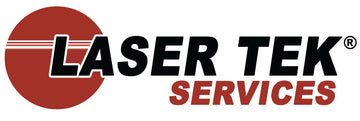When printing is talked about, naturally the type and size of paper comes next, since one is dependent on the other. What is common though are officeworks printing sizes and the printing formats used on produced documents.
In our part of the world, American standard paper sizes are used while the rest of the world follow the ISO A standard sizes which are available in millimeters. In the US and Canada sizes vary from letter (8.5 x 11), legal (8.5 x 14), ledger (11 x 17), tabloid (17 x 11), and executive (7.25 x 10.55) – all dimensions are in inches. There are still other paper sizes available, but are not as popular as those previously mentioned.
Information printed on paper follow certain formats and not just developed upon the sentiment and whim of the writer. Some of the print file formats are listed below for easy reference and definition:
PDF (portable document format), is a file format developed by Adobe, and serves as a means of disseminating concise platform independent documents. It provides formatting information based on several desktop publishing app. A system that allows documents to be sent and appear exactly on the recipients computer monitors and printers as initially intended.
EPS (encapsulated postscript) is a line based format designed exclusively for printing to PostScript printers and imagesetters. It is classified as the best choice for graphics particularly for high resolution printing regularly required for illustrations. It is similar in context to illustration programs Adobe illustrator and CorelDraw.
JPG (joint photographic expert group) is the file format best suited for photo images which are compact files – practical application are websites and email.
TIFF (tagged image file format) evolved to become the industry standard for handling raster or bitmapped images. Such files are saved on series of color formats and various compression setups. It maintains image integrity and clarity necessary for professional photography.
GIF (graphic interchange format) store graphical images in color, a compression system that results in high quality output. An upgrade og GIF is PNG (portable network graphics), and store images in broader color hues. GIF files are probably the most popular and widely supported in the web.
ZIP is the file format developed for archiving and can contain one or multiple files already bundled to reduce size for easy file transfer.
Some other officeworks printing sizes and formats are available but are not widely used and popular compared to the ones featured above.
Remember, officeworks printing sizes and printing formats are odd couples, though different but must work together to achieve the printing goal.





